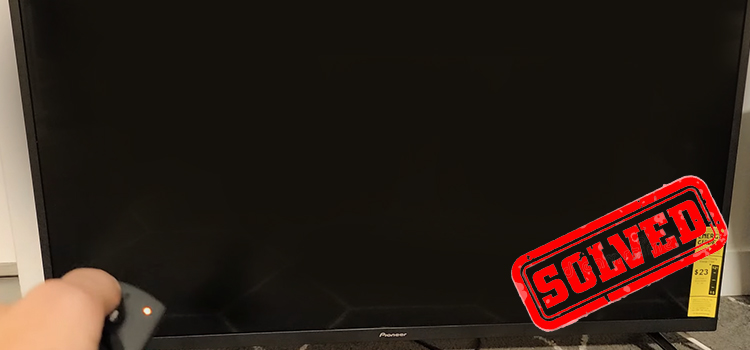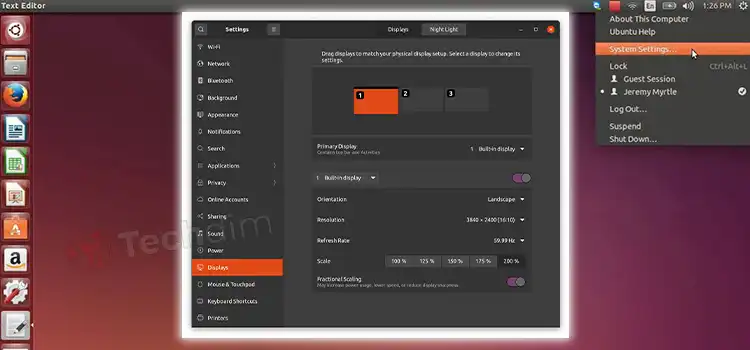Can I Connect Two Power Supplies Together? Is It Helpful?
We often find ourselves in situations where a single power supply just doesn’t cut it. Whether you’re a DIY enthusiast, a gamer, or a professional dealing with complex electronic setups, the question of connecting two power supplies together might have crossed your mind. But is it really possible?
In short – Yes, you can connect two power supplies together, but it’s not as simple as it sounds. Tapping into twice the power requires precision, the right tools, and a keen understanding of how power supplies work. If mishandled, two power sources can create a world of electronic havoc.
In this article, I’ll explore the hows and whys of linking power supplies. So, whether you’re a casual tinkerer or a full-blown tech wizard, we’ve got the electrifying answers you seek. Let’s charge ahead!

Is It Possible to Combine Two Power Sources?
The most accurate answer is – Yes, it is possible to combine two power sources. Depending on the type and configuration, combining can increase voltage or current capacity. However, the feasibility and safety of combining depend on the power sources in question.
While it’s common in some scenarios like batteries, other contexts, such as merging AC power sources, can be complex and riskier. It’s crucial to ensure compatibility and take safety precautions when attempting to merge two power sources.
How Safe Is It to Connect Power Supplies Together?
First things first, let’s address the safety concerns that might be keeping you up at night. The short answer is yes, it can be safe to connect two power supplies together, but—and it’s a big but—there are important caveats.
Before you grab your power cords and start playing Frankenstein with your devices, ensure that both power supplies have the same voltage and are rated for the same current.
Mismatched voltages can lead to a literal meltdown, and overloading your power supplies is like pushing your luck at the casino—you might win big, but you’re more likely to lose. Always prioritize safety when working with electricity.
When Should You Connect Two Power Supplies?
Connecting two power supplies is not an everyday requirement. This is usually done under certain circumstances, such as:
- Voltage Matching: Some projects may need a specific voltage that’s not readily available from a single power supply. Series connections allow you to reach the desired voltage level.
- High Power Demands: Power-hungry components, like high-end GPUs in gaming rigs or ASIC miners for cryptocurrency, may require more juice than a single power supply can provide. Parallel connections come to the rescue here.
- Backup: In critical systems where downtime is not an option, connecting two power supplies in parallel ensures that if one fails, the other seamlessly takes over. Think of it as a backup generator for your computer or server.
What are the Benefits of Connecting Two or More Power Supplies Together?
Now, let’s talk about the perks of joining forces when it comes to power supplies:
1. Increased Power Output: When you connect power supplies in parallel, you get a higher current capacity, which is perfect for power-hungry devices.
2. Enhanced Reliability: Redundancy through parallel connections ensures that if one power supply fails, your system remains operational. This is a game-changer in critical applications.
3. Voltage Flexibility: Series connections allow you to fine-tune the voltage to suit your project’s requirements, offering versatility in your setups.
What are the Downsides of Connecting Multiple Power Supplies?
Every rose has its thorns, and so do connecting multiple power supplies:
1. Complexity: Managing multiple power supplies can be more challenging, both in terms of physical setup and potential compatibility issues.
2. Cost: Buying and maintaining multiple power supplies can add up, making it a more expensive option.
3. Increased Risk: More power means more potential for things to go wrong. Misconfigurations or overloads can lead to equipment damage or safety hazards.
How Is It Possible to Combine Two Power Sources?
So, how exactly can you combine two power sources? It’s not as daunting as it sounds. There are two primary methods: series and parallel connections.
Series Connection: When you connect power supplies in series, you’re essentially chaining them together. The voltage of each supply adds up, while the current remains constant. It’s like stacking batteries in a TV remote—increasing the voltage without changing the overall power.
Parallel Connection: In a parallel connection, you’re connecting the power supplies side by side. The voltage remains the same, but the current capacity doubles, like having two faucets feeding into the same sink, allowing for more water (or, in this case, power) to flow.
Is There any Alternative to Connecting two Power Supplies Together?
As it is hard to control the overflow of voltage and current while dual power supplies are connected, there is still a risk of damaging the components. For this, it is better to use an alternative option with low risk.
Yes, certainly there are alternatives. One common alternative is investing in a single high-capacity power supply or a power supply with adjustable voltage or current settings that meet your requirements.
These units are designed to handle demanding loads without the need for multiple supplies. However, they can be pricier upfront.
Safety Tips for Connecting Power Supplies Together
Before you embark on your power supply adventure, here are some bonus tips to keep in mind:
- Read the Manuals: Always read the manuals for your power supplies and devices. They often contain valuable information about compatibility and safe usage.
- Use Proper Connectors: Invest in quality connectors and cables to minimize the risk of electrical issues.
- Monitor Your Setup: Keep an eye on your setup’s performance and temperature to catch any issues early.
- Unplug When Not in Use: When experimenting, it’s a good practice to disconnect power supplies when they’re not in use to avoid accidental mishaps.
NOTE: It’s better safe than… with a fried motherboard!
Questions That Might Come Up When Connecting Power Supplies Together
- Q: Can I Connect Power Supplies with Different Voltage Ratings?
A: It’s not advisable. Mismatched voltages can lead to damage or safety hazards. Always use power supplies with the same voltage rating.
- Q: What Happens If I Overload My Power Supplies?
A: Overloading can lead to overheating, component damage, or even electrical fires. Always stay within the rated limits of your power supplies.
- Q: Can I Connect Power Supplies in Series And Parallel At The Same Time?
A: While it’s theoretically possible, it’s a complex setup and requires careful consideration of voltage, current, and safety measures. It’s best suited for advanced users with a deep understanding of electrical principles.
- Q: Can You Damage Devices By Connecting Two Power Supplies?
A: Yes, you can end up damaging your device by connecting two power supplies, if done incorrectly. Always ensure compatibility and follow proper connection techniques.
Conclusion
To conclude, the ability to connect two power supplies together can be a game-changer. Whether you’re looking for increased power, enhanced reliability, or voltage flexibility, understanding the ins and outs of power supply connections is crucial. Remember, safety should always be your top priority. Always use power supplies with matching voltage and current ratings. With the right precautions and knowledge, you can harness the power of multiple supplies to supercharge your projects. So, go ahead, experiment, and power up your world! If you have any questions or need further clarification, don’t hesitate to leave a comment below. Happy experimenting and stay safe!
- Is It Possible to Combine Two Power Sources?
- How Safe Is It to Connect Power Supplies Together?
- When Should You Connect Two Power Supplies?
- What are the Benefits of Connecting Two or More Power Supplies Together?
- What are the Downsides of Connecting Multiple Power Supplies?
- How Is It Possible to Combine Two Power Sources?
- Is There any Alternative to Connecting two Power Supplies Together?
- Safety Tips for Connecting Power Supplies Together
- Questions That Might Come Up When Connecting Power Supplies Together
- Conclusion
Subscribe to our newsletter
& plug into
the world of technology




